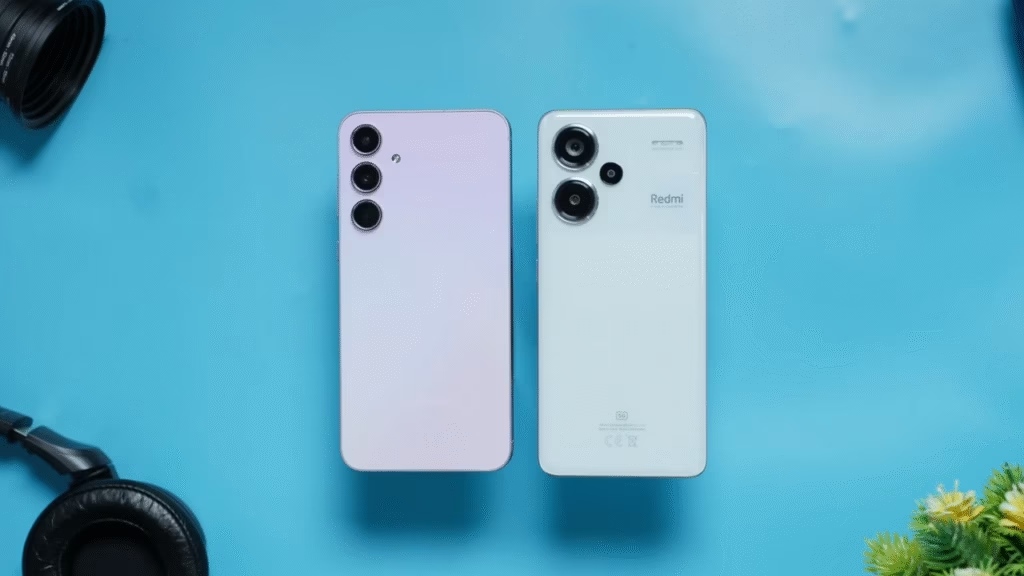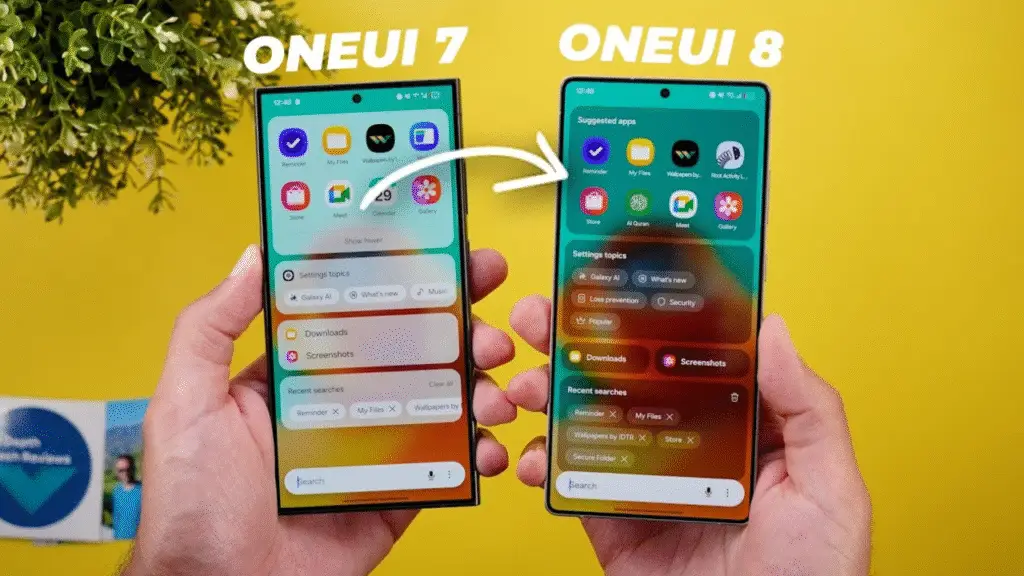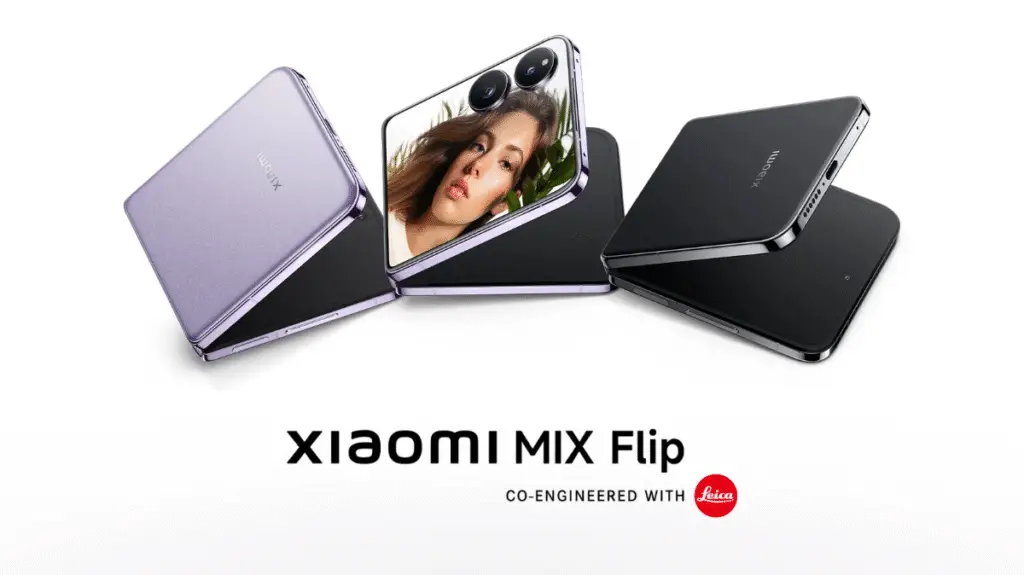
When it comes to mid-range smartphones in 2025, the market is flooded with options that blur the line between affordability and flagship-level features. Two models that stand out are the Samsung Galaxy A55 and the Redmi Note 13 Pro Plus. Both are stylish, powerful, and surprisingly capable for their price tags. But which one gives you better value? This A55 vs Redmi Note 13 Pro Plus comparison dives into the details, design, performance, cameras, battery life, and more so you can make the right decision without regretting it.
Unboxing Experience
Right out of the gate, there’s a striking difference in how these phones present themselves. Samsung plays it minimal with the A55’s box. Inside, you’ll find the bare essentials: the device, a USB-C cable, SIM ejector, and some paperwork. That’s it.
Redmi, on the other hand, comes fully loaded. The Note 13 Pro Plus not only includes a premium-looking case but also ships with a powerful 120W charger. This level of generosity is rare these days and immediately sets a positive tone. If you value accessories out of the box, Redmi takes the early lead.
Design and Build
Looking at the design, both phones feel premium. The A55 sports Gorilla Glass Victus+ on both front and back, wrapped in an aluminum frame. Its flat edges mimic Samsung’s higher-end S series, giving it a refined, boxy aesthetic. It’s minimalist and understated, something some users absolutely love.
The Redmi Note 13 Pro Plus goes a different route. It’s curvier, with a glass front and either a glass or eco-leather back depending on the variant. It also features Gorilla Glass Victus and feels great in the hand, thanks to its ergonomically curved edges. At 204.5g, it’s slightly heavier than the A55 but fits better in the palm.
Water resistance? The A55 gets IP67 while the Redmi boasts IP68, making it slightly more robust against dust and water intrusion. It’s subtle, but it matters.
Verdict: Subjective. If you prefer flat edges and minimal branding, go A55. If comfort and curves matter more, Redmi wins.
Display Showdown
Both phones shine literally when it comes to their screens. The Redmi Note 13 Pro Plus features a 6.67-inch AMOLED display with a 1220 x 2712 resolution and up to 1,800 nits peak brightness. It also supports Dolby Vision, HDR10+, and a buttery-smooth 120Hz refresh rate.
Meanwhile, the Galaxy A55 offers a 6.6-inch Super AMOLED screen with 1080 x 2340 resolution, HDR10+ support, and a max brightness of around 1,010 nits. It’s no slouch but Redmi simply outclasses it here in brightness, resolution, and visual punch.
Verdict: Redmi wins. If display quality is a priority, it’s a clear choice.
Performance and Software
Under the hood, both phones run on 4nm chipsets. The Redmi is powered by the MediaTek Dimensity 7200 Ultra, while the A55 runs on Samsung’s own Exynos 1480. In synthetic benchmarks, Redmi edges aheadAnTuTu scores reach 779,812 vs Samsung’s 726,158.
But real-world usage tells a more nuanced story. Day-to-day tasks, multitasking, and casual gaming feel equally fluid. Neither phone struggles, and any performance gap is almost negligible unless you’re a hardcore gamer.
Where Samsung claws back ground is in software support. The A55 runs Android 14 with One UI 6.1, and Samsung promises 4 years of major updates and 5 years of security patches. Redmi ships with Android 13 and HyperOS, with a likely but unofficial 3-year support window.
Verdict: Redmi wins on power, Samsung wins on longevity.
Camera Comparison: 200MP vs 50MP, But Numbers Aren’t Everything
The camera specs might make you think Redmi is the clear winner. After all, the Redmi Note 13 Pro Plus features a 200MP main sensor, along with an 8MP ultra-wide and a 2MP macro shooter. The Galaxy A55 uses a 50MP main sensor, 12MP ultra-wide, and a sharper 5MP macro lens.
But here’s the twistimage processing plays a big role. Photos from the Redmi are brighter and have more contrast, especially in well-lit conditions. However, Samsung delivers more balanced skin tones, better saturation, and superior edge detection in portrait shots.
Front-facing cameras show the reverse. Redmi offers a 16MP shooter, while Samsung has a 32MP selfie camera that outputs clearer and more detailed results. For video, both shoot in 4K at 30fps, but Samsung again delivers better dynamic range and richer colors.
Verdict: Samsung A55 wins in camera quality despite lower megapixel counts.
Battery Life and Charging: Speed vs Endurance
Both devices come with a 5000mAh battery, but the way they charge couldn’t be more different.
Samsung’s A55 supports 25W wired charging, taking around 90 minutes to go from 0 to 100%. No charger is included in the box.
Redmi blows it out of the water with 120W charging, and you get the charger included. It takes just 19 minutes to fully charge faster than your morning coffee brews.
In terms of endurance, the A55 edges ahead with 13:27 hours of active use, compared to Redmi’s 10:38 hours. So while Redmi charges faster, Samsung lasts longer.
Verdict: Redmi wins for fast charging, Samsung wins for battery endurance.
Audio & Extras: Speakers, Biometrics, and Bonus Features
Both phones offer stereo speakers, but Redmi’s sound has a richer, fuller profile with Dolby Atmos support. Microphone performance is comparable.
Fingerprint scanners are in-display and optical on both, but the A55 places it slightly higher on the screen, which feels more natural. In contrast, Redmi’s placement is a bit too low, making it less ergonomic.
Bonus? The Redmi Note 13 Pro Plus includes an IR blaster, a feature that’s becoming rare but can be a lifesaver when controlling home electronics.
Neither has a headphone jack, but both support Hi-Res audio via USB-C or wireless.
Verdict: Redmi wins on audio and features, Samsung is more refined in design execution.
Storage and Memory: Capacity vs Expandability
Samsung offers configurations up to 256GB with 12GB RAM, with support for microSD expansion via hybrid SIM slot. That’s a win for those who need flexibility.
Redmi gives you more out of the box up to 512GB internal storage and up to 16GB RAM, but no microSD slot.
Verdict: Redmi wins for sheer specs, Samsung for expandable memory.
Pricing: Budget vs Value
Pricing can vary by region, but on average:
- Redmi Note 13 Pro Plus: ~$279 / ₹28,800
- Samsung Galaxy A55: ~$379 / ₹21,249 (lower in some markets)
Redmi seems cheaper on paper, especially given its extras. However, Samsung’s long-term update support and brand trust also add intangible value.
Final Verdict: A55 vs Redmi Note 13 Pro Plus
So, which phone is the better buy?
- Choose the Redmi Note 13 Pro Plus if you want unmatched charging speed, better display, more storage, and a full box of accessories.
- Go with the Samsung Galaxy A55 if camera quality, software updates, and battery endurance are your top priorities.
In the battle of A55 vs Redmi Note 13 Pro Plus, both phones punch above their weight. It all depends on what you value more raw power and features, or polished performance and future-proofing.
FAQs
Which phone has better performance, the A55 or Redmi Note 13 Pro Plus?
Both phones are powerful for daily tasks, but the Redmi Note 13 Pro Plus has a slight edge in raw benchmark scores thanks to its Dimensity 7200 Ultra chip. However, in real-world use like multitasking and social media, the difference isn’t massive.
Does the Redmi Note 13 Pro Plus support memory card expansion?
No, the Redmi Note 13 Pro Plus does not support microSD cards. You’ll have to rely on internal storage (up to 512GB), which is still generous.
Can I use a memory card with the Samsung Galaxy A55?
Yes, the A55 has a hybrid SIM slot, so you can use a microSD card, but only if you’re okay with using just one SIM. It’s a nice bonus for those who want expandable storage.
Which phone charges faster: A55 or Redmi Note 13 Pro Plus?
No contest here. The Redmi Note 13 Pro Plus supports 120W charging, going from 0% to 100% in under 20 minutes. The A55 supports only 25W, and takes around 90 minutes.
Which one has better software support in the long run?
Samsung is known for its long-term updates. The A55 gets 4 years of Android updates and 5 years of security patches, while the Redmi model typically gets 3 years of updates, although this may vary depending on your region.
How do the displays compare between the two?
The Redmi Note 13 Pro Plus offers a sharper and brighter display with Dolby Vision support and higher pixel density. The A55’s Super AMOLED screen is also very good, but it peaks at a lower brightness and lacks Dolby Vision.
Which phone takes better photos overall?
It depends. The Redmi’s 200MP camera gives highly detailed zoom shots, while Samsung’s 50MP sensor provides more color-accurate, balanced photos, especially with selfies and skin tones. Samsung tends to win in video quality and dynamic range.
Is the Redmi Note 13 Pro Plus water-resistant?
Yes, it has an IP68 rating, which means it’s water-resistant up to 1.5m for 30 minutes. The A55 is rated IP67, which is still good but slightly less protective.
Follow Phoonomo to never miss an update



